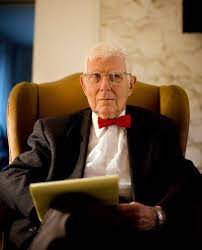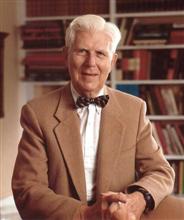Beck’s Cognitive Therapy. Aaron Beck, at the University of Pennsylvania, pioneered a form of cognitive therapy based on the idea that many psychological disorders are the result of cognitive distortions faulty beliefs about oneself and other people. Beck’s cognitive therapy focuses on identifying and correcting such faulty reasoning. Beck initially limited his attention to depression, but his form of cognitive therapy has since been used to treat many other psychological disorders.

According to Beck, cognitive distortions consist of negative conclusions about oneself, other people, and the world, usually based on faulty reasoning . In other words, cognitive distortions are conclusions that fly in the face of objective evidence. For example, Carla might believe char she is a total failure. This is obviously a cognitive distortion. The objective evidence is that Carla is earning mostly B’s in her classes. Thus, how could she be a total failure? The major goal of Beck’s cognitive therapy is to identify and correct long- standing styles of thinking that are rooted in faulty reasoning.
Examples of Beck’s Cognitive Therapy
Gregory’s life was consumed with the constant fear, sadness, and anger that characterize jealousy. A cognitive therapist might help Gregory realize that the conclusion that his wife was having an affair was based on very little evidence. The therapist might focus on Gregory’s tendency to view his wife’s behavior out of context: isn’t talking to other people exactly what One is supposed to do at a party? As for Gregory’s belief that women can’t be trusted, the therapist would undoubtedly challenge him to justify this irrational proposition. The therapist would actively seek to root out cognitive distortions by asking questions like “What’s the evidence for that belief” and “Is there another way to look at it?
This type of cognitive therapy has also been used to treat other kinds of anxiety problems. Salovey and Matthew Haar (1990) randomly distributed fifty-one people who were abnormally anxious about writing among three groups: a group that received cognitive therapy emphasizing the identification of harmful thoughts about writing, a group that just talked about their problems with each other with minimal guidance from a therapist, and a “waiting-list” group that received no treatment.
Initially, all of the participants avoided writing tasks at school and at work, but no one was severely disturbed or psychotic. After eight sessions of treatment, all participants were assessed by means of standardized scales of “writing anxiety” and various writing tasks. Both groups that received treatment felt less anxious about writing, but only the cognitive therapy clients demonstrated improved ability to complete writing tasks. The “waiting-list” clients who did not receive treatment remained just as anxious and did not write any better.
Beck’s Cognitive Therapy is a significant approach in psychology, focusing on identifying and changing negative thought patterns to improve mental health. A guide in tabular format can help understand its key concepts and applications. Here’s a simplified representation:
| Concept | Description | Application in Therapy |
|---|---|---|
| Cognitive Distortions | Irrational thought patterns leading to negative emotions and behaviors. | Identify and challenge distortions in patient’s thinking. |
| Automatic Thoughts | Immediate, involuntary thoughts often based on distortions. | Help patients recognize and evaluate these thoughts. |
| Schemas | Deeply held beliefs and attitudes influencing perception. | Identify and modify negative schemas. |
| Cognitive Triad | Negative views about the self, world, and future. | Challenge and reframe these views to be more realistic. |
| Behavioral Experiments | Testing the validity of negative beliefs through practical experiments. | Encourage patients to test their beliefs in real-life situations. |
| Collaborative Empiricism | Therapist and patient work together to examine and modify thoughts and beliefs. | Jointly examine evidence for and against certain beliefs. |
| Mindfulness and Acceptance | Focusing on the present and accepting thoughts and feelings without judgment. | Teach patients mindfulness techniques. |
| Homework Assignments | Practical tasks and exercises to practice cognitive therapy techniques outside of sessions. | Assign tasks that reinforce therapy goals. |
This table is a basic guide and doesn’t cover all aspects of Beck’s Cognitive Therapy. It’s important for practitioners to undertake comprehensive training and study to effectively apply these principles in a clinical setting.
